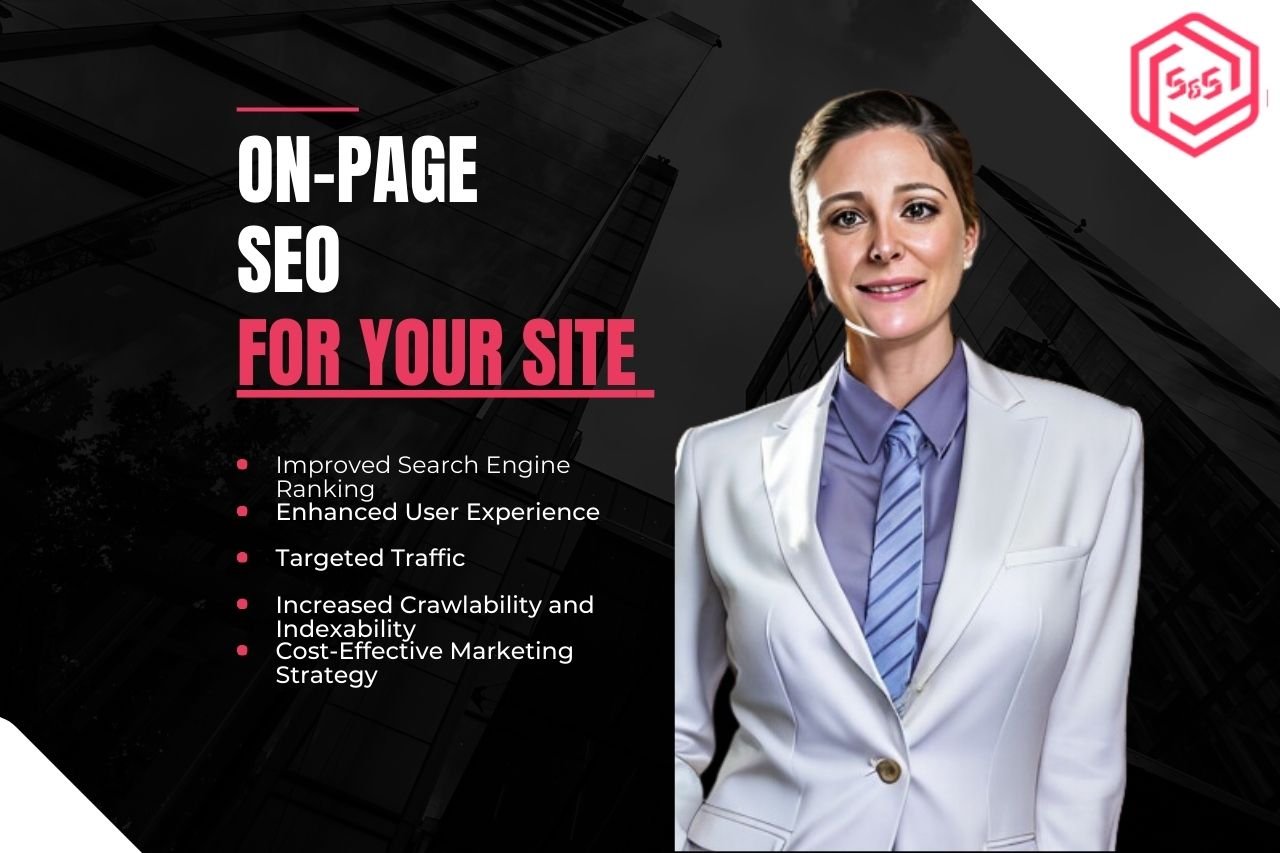Introduction
When it comes to optimizing your website for search engines, on-page SEO plays a crucial role. On-page SEO refers to the practice of optimizing individual web pages to rank higher and earn more relevant traffic in search engines. In this blog post, we will cover everything you need to know about on-page SEO and how to implement it effectively.
Keyword Research
Keyword research is the foundation of any successful on-page SEO strategy. It involves identifying the keywords and phrases that your target audience is using to search for the products or services you offer. By understanding these keywords, you can optimize your web pages to rank higher in search engine results.
Start by brainstorming a list of relevant keywords and then use keyword research tools to expand your list and discover new keyword opportunities. Look for keywords with high search volume and low competition to maximize your chances of ranking well.
Meta Tags
Meta tags are snippets of code that provide information about a web page to search engines. The two most important meta tags for on-page SEO are the title tag and meta description.
The title tag is displayed as the clickable headline in search engine results and should accurately describe the content of the page. It should include your target keyword and be compelling enough to encourage users to click through to your website.
The meta description is a brief summary of the page's content and is also displayed in search engine results. It should be concise, informative, and include relevant keywords to attract users to click on your link.
URL Structure
The URL structure of your web pages is an important on-page SEO factor. A well-structured URL can improve the user experience and make it easier for search engines to understand the content of your page.
Keep your URLs short, descriptive, and keyword-rich. Use hyphens to separate words and avoid using numbers or special characters. A clear and concise URL structure will not only benefit your SEO efforts but also make it easier for users to remember and share your web pages.
Heading Tags
Heading tags (H1, H2, H3, etc.) are used to structure the content on your web pages. They not only make your content easier to read but also provide search engines with valuable information about the hierarchy and organization of your content.
Use the H1 tag for the main heading of your page and include your target keyword. Use H2 and H3 tags for subheadings and include relevant keywords where appropriate. Make sure your heading tags accurately reflect the content of the page and help guide both users and search engines through your content.
Keyword Optimization
Once you have identified your target keywords, it's important to optimize your web page content accordingly. However, it's essential to use keywords naturally and avoid over-optimization, which can lead to penalties from search engines.
Include your target keyword in the title tag, meta description, heading tags, and throughout the body of your content. However, focus on providing valuable and informative content that is helpful to your users. Write for your audience, not just for search engines.
Content Quality
High-quality content is key to successful on-page SEO. Search engines value content that is well-written, informative, and relevant to the user's search query. Aim to create content that answers the user's questions, provides valuable insights, and engages your audience.
Make sure your content is unique and original. Avoid duplicate content, as it can harm your SEO efforts. Regularly update and refresh your content to keep it relevant and up-to-date.
Image Optimization
Images can enhance the visual appeal of your web pages and improve the user experience. However, it's important to optimize your images for search engines as well.
Use descriptive file names and alt tags for your images, including relevant keywords where appropriate. Compress your images to reduce file size and improve page loading speed. Additionally, ensure that your images are responsive and can be properly displayed on different devices.
Internal and External Links
Internal and external links are important for on-page SEO. Internal links help search engines understand the structure and hierarchy of your website, while external links provide credibility and authority to your content.
Include relevant internal links within your content to guide users to other relevant pages on your website. When linking externally, choose reputable and authoritative websites that provide additional value to your users. Avoid excessive linking and ensure that all links are working properly.
Conclusion
On-page SEO is a critical component of any successful search engine optimization strategy. By implementing the best practices outlined in this blog post, you can optimize your web pages to rank higher in search engine results and attract more relevant traffic to your website. Remember to focus on providing valuable content that is helpful to your users and to regularly monitor and update your on-page SEO efforts for optimal results.

